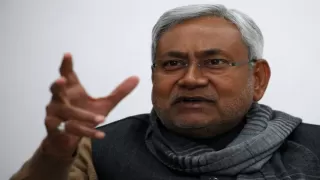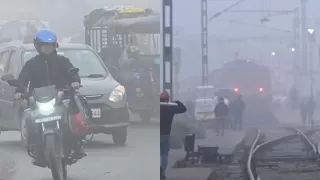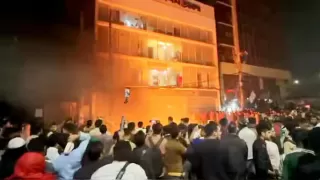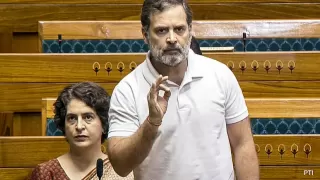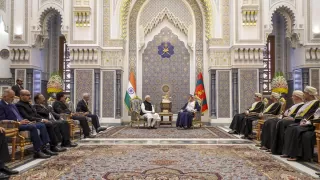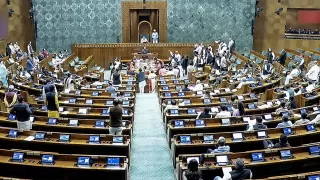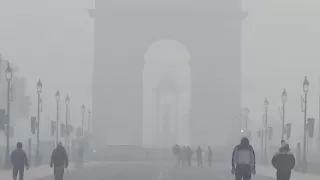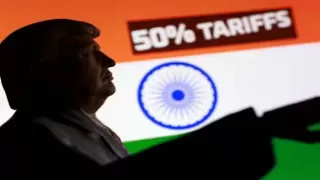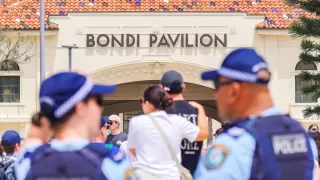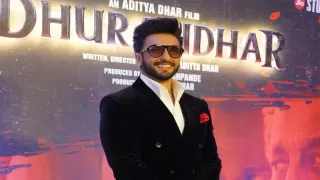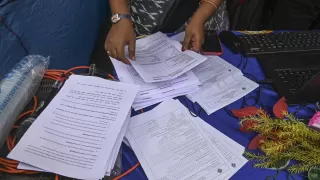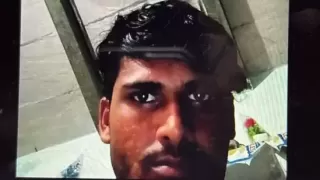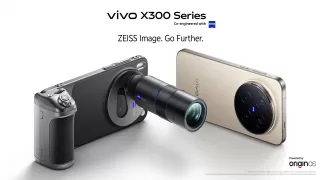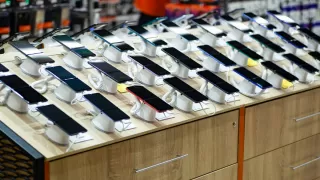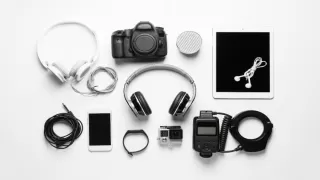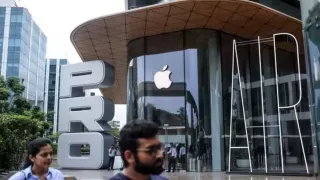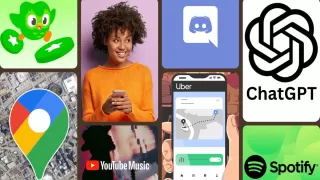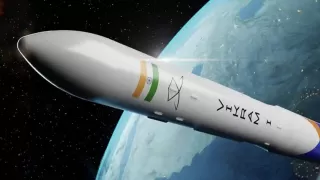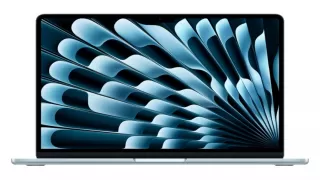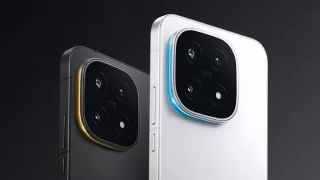OpenAI’s Sora 2 just became far more accessible and capable: eligible users can now generate up to 15-second AI videos on the web, while ChatGPT Pro subscribers can create clips as long as 25 seconds. This removes a key platform barrier for many creators who previously needed an invite to the iOS Sora app, and it gives everyone a little extra time to tell a story, add context, or polish visual beats.
The update also brings a more powerful editing workflow to the web: Pro users gain access to a storyboard interface that lets them control the video frame by frame, insert reference images, change resolution and aspect ratio, and write separate prompts for different timeline segments. Together these changes push Sora 2 from a short burst novelty toward a flexible tool creators can use for social clips, concept demos, and quick explainers.
Web Access Expanded
Sora 2 is no longer limited to the invite-only iOS app for generation — the model is now available via the web for eligible users. That means people without iPhones can begin exploring Sora’s text-to-video capabilities, though an invite code still gates full access in some regions.
This wider access lowers friction for many creators and testers, and it also makes it easier for teams to experiment with Sora 2 in browsers on desktop machines. Expect rollout differences by country and account type during the initial phase of web availability.
Longer Videos: 15s for Eligible Users, 25s for Pro
The previous 10-second cap has been raised: eligible accounts can now generate 15-second clips, while Pro subscribers can push to 25 seconds. That extra runtime is small in absolute terms but huge for pacing — allowing for clearer setups, actions, and payoffs in short narrative sequences.
Keep in mind longer clips generally consume more usage quota or credits, so creators should plan prompt complexity and frame rates accordingly to manage costs and limits.
Storyboard Editing: Frame-Level Control
The new storyboard tool on the web gives Pro users frame-by-frame control over their videos. They can now inject reference images, tweak resolutions, change aspect ratios, and even write different prompts for each segment of a scene. This update transforms Sora from a simple text-to-video generator into a detailed video composition tool.
By letting creators adjust pacing and tone within a single clip, Sora 2 opens up cinematic storytelling possibilities that were previously out of reach for AI-generated video tools.
How Sora 2 Works
Sora 2 relies on a hybrid diffusion and transformer architecture that starts from visual noise and gradually refines it into cohesive frames. The transformer maintains continuity across motion, ensuring that objects, lighting, and camera angles stay consistent throughout the clip.
OpenAI also employs a “recaptioning” process that rewrites or extends prompts internally, allowing the model to better understand and execute complex visual directions while keeping results faithful to the creator’s intent.
Creative Possibilities and Use Cases
With longer video durations and browser-based access, Sora 2 unlocks new use cases — from cinematic mini-stories and advertising concepts to product demos and explainer videos. The extra seconds give creators room to build tension, transition smoothly, or include more expressive motion.
It’s also an advantage for social media platforms like Instagram Reels and TikTok, where content that feels more narrative or visually dynamic performs better. Because Sora 2 supports different aspect ratios, users can seamlessly adapt their clips to any platform format.
Limitations and Ethical Considerations
Despite the new upgrades, Sora 2 still carries limitations. Longer clips use more computational resources and may take longer to render, and access remains invite-only in many regions. The output’s realism also raises questions about deepfakes and copyright violations — issues OpenAI continues to monitor closely.
Japan recently requested OpenAI to review potential IP concerns tied to AI-generated media, highlighting the global scrutiny around AI video creation. Safeguards and content verification will likely become a bigger part of Sora’s roadmap going forward.
What’s Next for Sora 2
OpenAI’s next steps may include opening full public access to Sora 2 on the web and integrating deeper creative tools directly into ChatGPT. For now, users who already have access can experiment with multi-prompt storyboards and extended durations to see how much richer their visuals can become.
Whether you’re an AI filmmaker, digital artist, or simply curious about text-to-video generation, Sora 2’s latest update marks a leap toward a future where anyone can direct short, lifelike videos straight from their imagination.
Also Read: Tejas Mk1A Soars High! India’s Fighter Jet Maiden Flight




